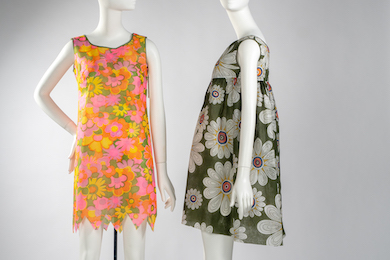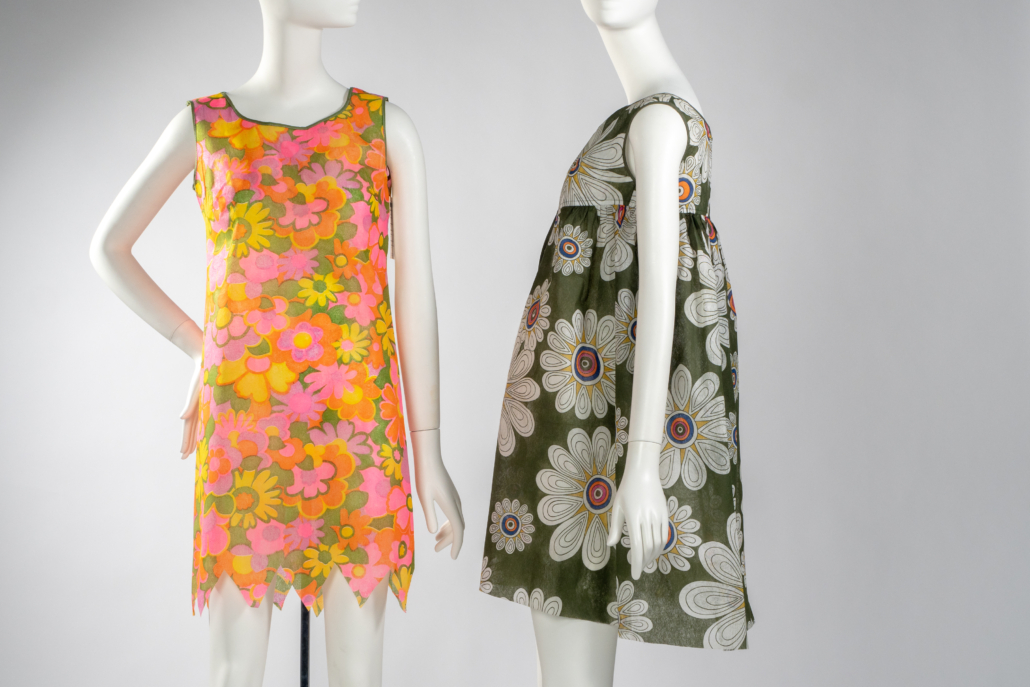
PHOENIX – Arizona audiences can explore paper garments from one of fashion’s most experimental and whimsical eras in Generation Paper: Fast Fashion of the 1960s at Phoenix Art Museum. Featuring work from 1966 through 1968 by designers and manufacturers such as Mars of Asheville, Scott Paper Company, The Disposables, Sterling Paper Fashions, Hallmark Inc., and others, the exhibition showcases more than 80 garments and accessories, including dresses, bikinis, skirts, hats, jumpsuits, rompers, beach cover-ups and accessories made from paper, plastic, laminate and other nonwoven textiles. Generation Paper is on through July 17 in the Museum’s Ellman and Harnett galleries and highlights a special component of the Museum’s fashion-design collection.
“We are delighted to present Generation Paper: Fast Fashion of the 1960s to our audiences,” said Mark Koenig, the Interim Sybil Harrington Director and CEO. “The fashion-design collection at Phoenix Art Museum is home to one of the leading collections of paper garments in the United States, and Generation Paper is a unique opportunity for museum visitors to experience these vibrant, fascinating and imaginative designs.”
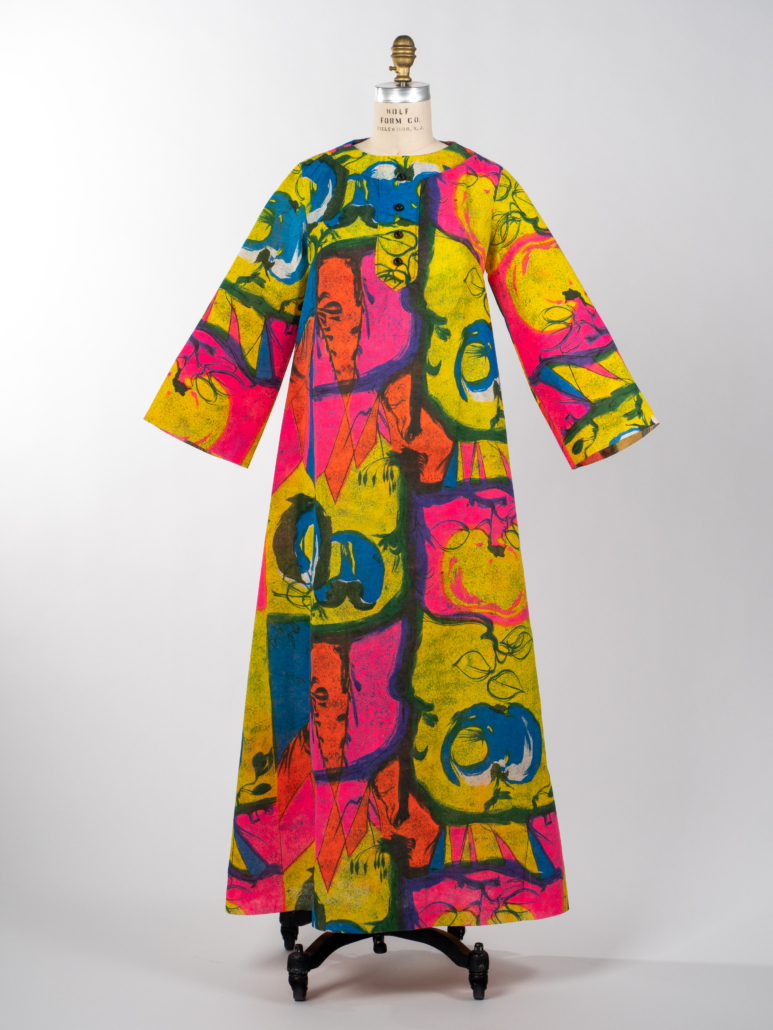
During the 1960s, paper dresses took the world by storm when Scott Paper Company launched an ingenious marketing campaign — an early forerunner of viral marketing strategies — to promote “Dura-Weve,” a nonwoven textile featured in their new disposable tableware line. With the idea that paper dresses were the future, other companies like Mars of Asheville joined the excitement and were soon selling 80,000 dresses per week.
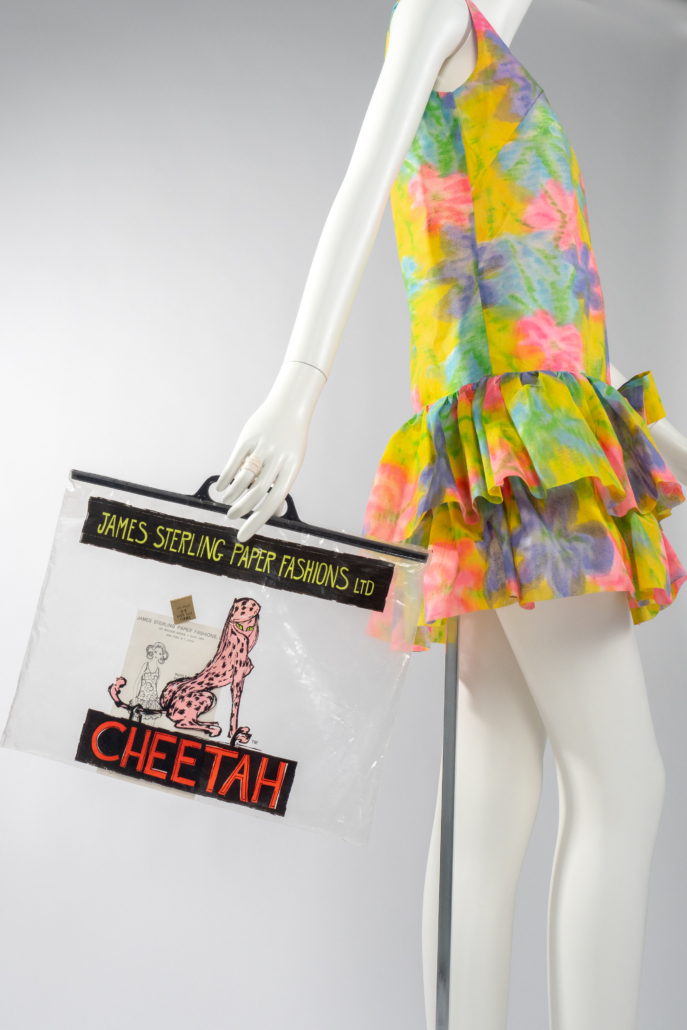
Generation Paper: Fast Fashion of the 1960s explores the phenomenon of the era through more than 80 rare objects selected entirely from the museum’s comprehensive fashion-design collection. Featured exhibition works, donated in large part by longtime Museum supporter Kelly Ellman, include garments that mimicked kitchen countertop and carpet patterns as part of a promotional for Viking appliances; a knit paper mini dress by Mars of Asheville; coordinated dress, placemats, and napkins by Seagram’s 7, created so the ultimate party hostess could match her decor; and, mostly notably, the Campbell’s Souper Dress donated by Gail and Stephen Rineberg and the first two original Paper Caper dresses from Scott Paper Company donated by Kelly Ellman.

While featured works showcase the whimsical and imaginative side of fashion, Generation Paper also opens and encourages dialog on the environmental impact of paper designs and other garments made from disposable media. The exhibition acknowledges that while visually provocative, these garments were not the future of fashion but rather were a fad fueled by the textile industry’s efforts to explore new nonwoven materials and the public’s desire for ultra-modern fashion and space-age technology. Visitors are encouraged to consider how the garments they purchase today may or may not be created sustainably and how contemporary designers continue to find ways to make clothing more environmentally friendly. Generation Paper will additionally include exclusive behind-the-scenes content that gives insight into the process of paper-garment conservation.
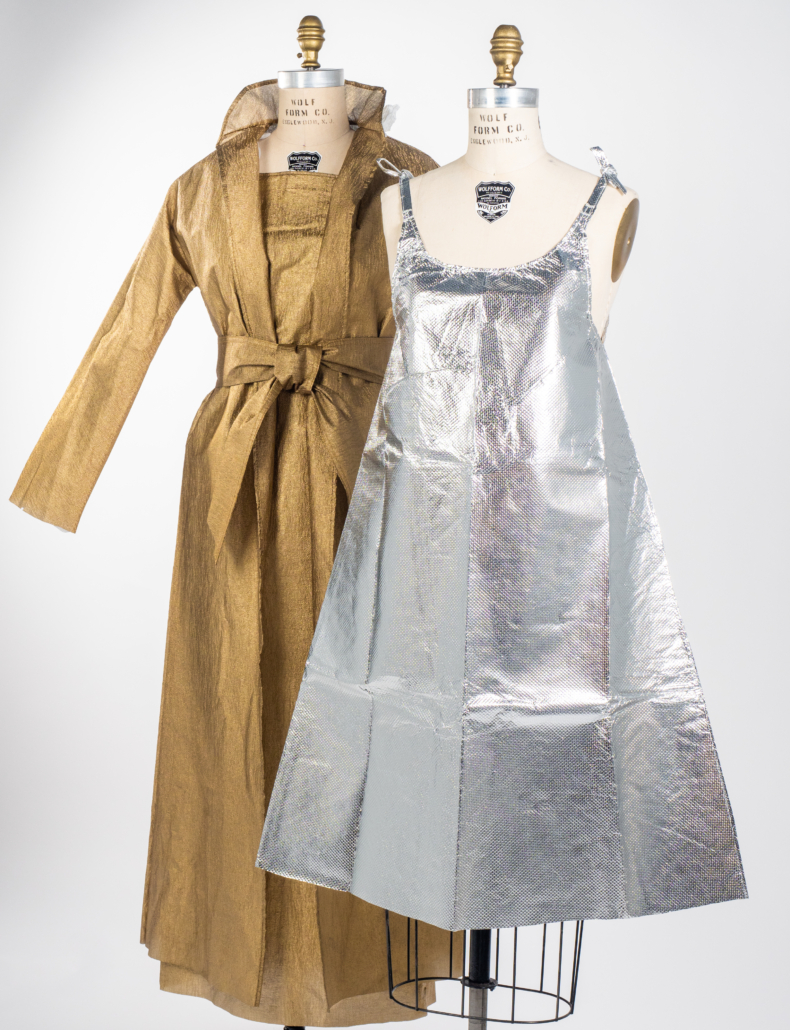
“The museum’s fashion-design collection is home to an enviable selection of paper garments from the 1960s, some of which were created as commentary on social moments and political movements of the era,” said Helen Jean, the Museum’s Jacquie Dorrance Curator of Fashion Design, who curated the exhibition. “We are deeply grateful to Kelly Ellman for donating the vast majority of this special collection and are excited to showcase these incredible designs in Generation Paper. The exhibition encourages viewers to consider how fashion can sometimes be a playground for testing new technology and materials, a canvas for artists, and a whimsical experience for the wearer. I hope everyone who explores our fashion-design galleries this winter are inspired to look at the impact their clothing choices make and consider a longer commitment to their wardrobe. Perhaps we will find a stronger connection to one another if we are less ‘fast’ with our fashion and less ‘throw-away’ with our culture.”
Visit the website of the Phoenix Art Museum and see its dedicated page for Generation Paper: Fast Fashion of the 1960s.


